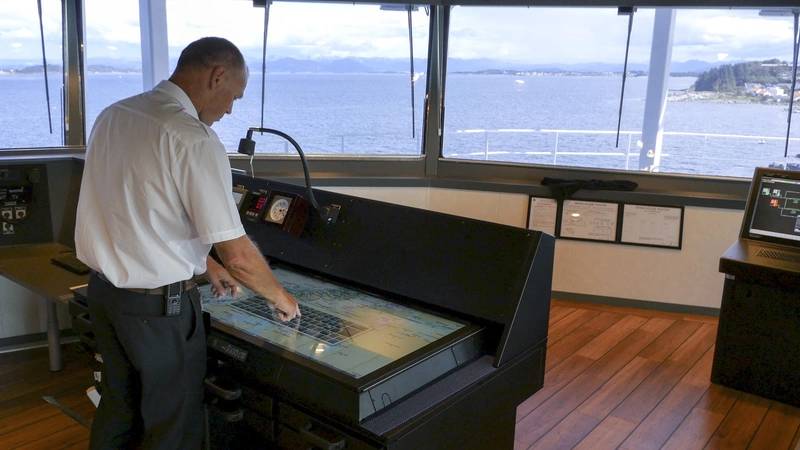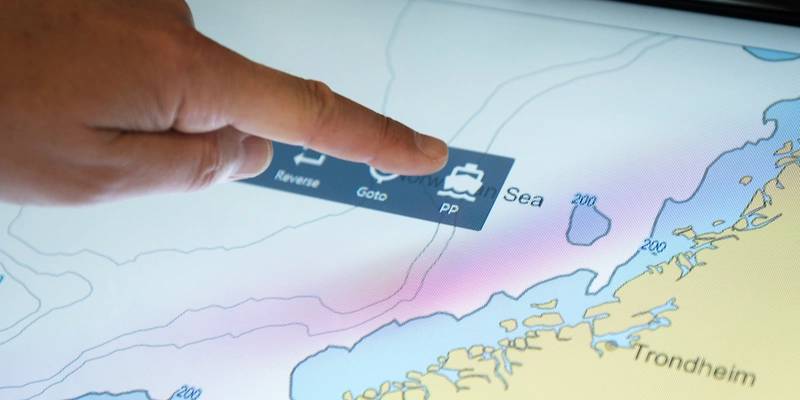Integration is Everything
If you truly want to unlock the value of data you have to adopt a joined-up approach, says Tor Svanes, CEO NAVTOR. Fail in that, he argues, and you’ll fail to get the competitive advantage your business needs.
If you go for a full check-up at the doctor’s they won’t just measure your weight.
They’ll look at your blood pressure, listen to your heart, consider blood tests, assess cholesterol and, above all, ask questions that monitor your day-to-day performance. How are you feeling? Are you exercising? Sleeping okay? The list goes on. Only by looking at each element holistically, and then aggregating and analyzing the information, will they be able to give you the “big picture” concerning your health.
“You have the body, strength and stamina of a 30-year-old Mr Svanes!”… for example. So, what’s my point here?
That one data stream is useful, if you’re looking at a single item, but that only by integrating different streams from all ‘systems’ can you gain genuinely comprehensive insights and enhance overall decision making.
You can improve your health.
And that is maritime’s challenge.
The key to smart shipping
Everybody now understands that vessel data is important, but not everyone knows how to use it. Similarly, most owners and operators know that good connectivity between ship and shore is essential for data exchange, but few really understand why. And, crucially, how to unlock its full potential.
This is something that has to change, because this is the key to smart shipping – to profitable, efficient and sustainable operations.
We need safe, secure, reliable, real-time data flows between vessels and shore, but we also need to integrate data to fully assess and optimize operations – both for single ships and entire fleets.
Empowering optimization
Let’s look at an example.
You have onboard sensors on a vessel recording fuel consumption. This data is shared with land so management can monitor performance. A team member may look at this in relation to, say, a noon report to ensure everything is on track. Great.
But if that information was combined with real-time weather and navigation data, engine shaft torque, rpm, and so on, you get an accurate insight not just of fuel consumption, but fuel consumption and engine performance under exact conditions and on exact routes. You open a door into a new world of optimization.
Taking this example further, if you know the weather and the appropriate vessel/cargo details you can – through a secure, reliable data gateway – stream data so you can actually test performance in real-time. I.e. you know what rpm should produce a speed of 10knots in good weather conditions, so you set the engine accordingly and monitor ongoing speed. If the speed isn’t as expected then maybe you have a hull performance issue; bio-fouling may be taking hold and producing frictional drag, hampering performance (and adding cost for you, and the environment). This will allow you to set a schedule for hull cleaning at a time that suits your operations, and pocket.
This is the power of integration. But that’s not all.
 Tor Svanes, CEO NAVTOR
Tor Svanes, CEO NAVTOR
Simply better
Integrating data gives crew the ability to tailor various systems and performance to meet charter agreements, just in time arrival slots and other key operational criteria. But it also means tasks can be increasingly automated, with a single platform that gathers all data (which NAVTOR is working on now) being used to produce required reports at the push of a button (for port authorities, environmental regulatory compliance, and for the shipping organisation itself). This delivers real efficiencies in terms of man-hours, costs and workload, while also negating the potential for human error (a real danger with laborious administration tasks).
When these savings are multiplied across fleets the efficiencies are significant. For example, I personally know of relatively small shipowners that employ staff purely to compile EU MRV reports – a task that can be simply automated with the right system in place.
Staying on land, integrating data in this way gives a powerful fleet management tool, with intimate understanding of individual vessel performance leading to accurate comparisons and empowering overall optimization.
As such this approach to data isn’t just about fine tuning vessels, it’s about turbocharging your overall business. Integration really is the way to get ahead.
Benefits for all
Some owners might think this is out of their league, that this kind of data capture, integration, analysis and fleet management is exclusively for the big boys, with their new vessels and deep pockets. It’s not. Most ships in the world fleet are not new, and most owners are under some kind of commercial pressure. That’s just a fact.
At NAVTOR we believe in developing universal technology that helps everyone meet their operational and business goals – a true ‘one size fits all’ approach. And we know we’re not alone.
This industry needs solutions that enable existing vessels to enter the smart shipping age, allowing them to function with greater efficiency, cost control, compliance and intelligence. Integrating data from onboard sensors, navigational sources, management offices, and more, onto a single platform gives them the upgrade they need.
By bringing together monitoring, performance and e-navigation data this industry can finally work towards a clean bill of health… and a very bright future.

















